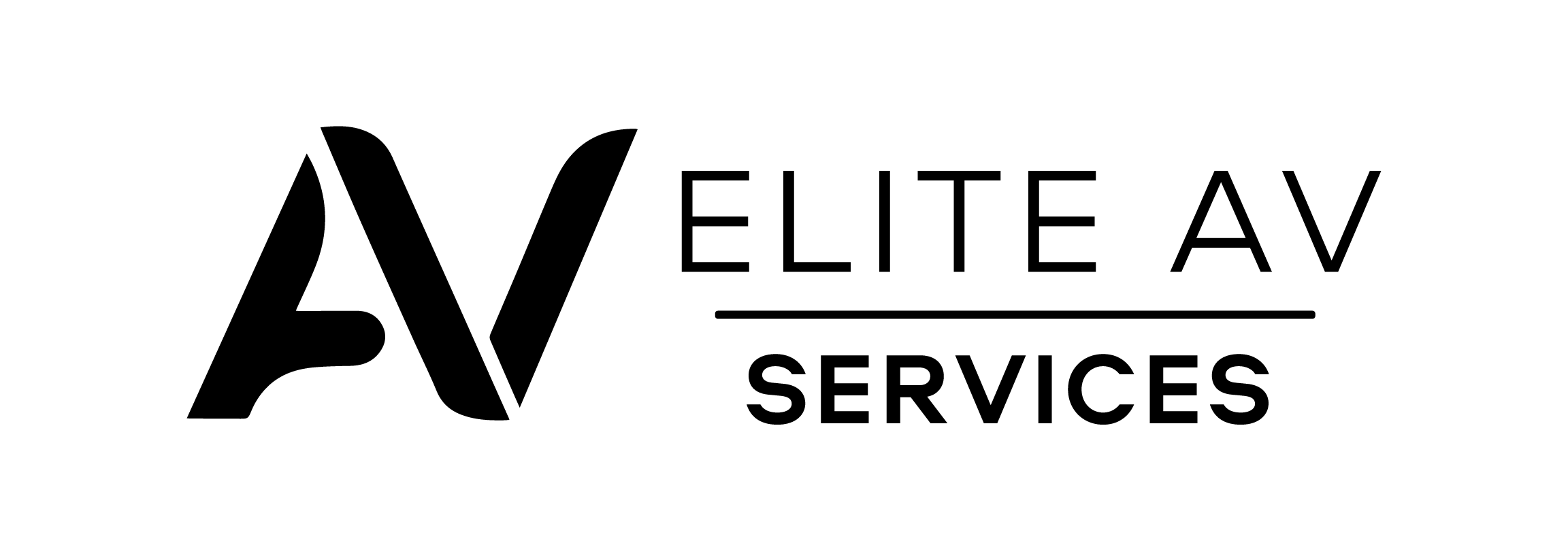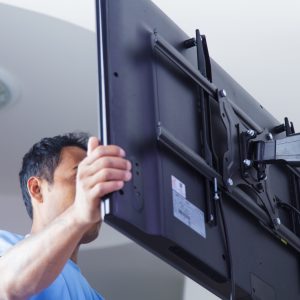Understanding the Satellites Used by Sky: A Comprehensive Guide
Introduction
Sky, a household name in satellite television, has long been a leader in providing top-tier broadcasting services across the UK. A common query among enthusiasts alike is about the specific satellites Sky employs to deliver its wide array of channels. This guide aims to demystify the satellites used by Sky, offering a detailed look into the technology that powers your favourite shows.
What Satellite Does Sky Use?
Sky Digital, a major player in the TV market, primarily relies on the Astra 2 satellite fleet. These satellites occupy a strategic position at 28.5 degrees east of the Equator, which is a prime location for providing comprehensive coverage. This coverage extends across the UK, including the Isle of Man and the Channel Islands, and reaches certain parts of Europe, ensuring a wide broadcast reach.
The Sky Digital Satellite’s Footprint
The footprint of the Sky Digital satellite is an essential aspect of its functionality. It dictates the areas where the satellite signal can be received clearly. The coverage map shows a strong signal presence throughout the UK and Europe, ensuring subscribers receive consistent, high-quality service. Understanding this footprint is crucial for users seeking optimal reception.

Types of Sky Satellite Dishes Available
Sky offers two primary types of dishes: Sky Zone 1 and Sky Zone 2 dishes. The Sky Zone 1 dish, which people typically use in the South and Midlands of England, consists of a 43 cm elliptical mesh dish. This dish is crafted from durable steel to endure extreme weather conditions. Conversely, the Sky Zone 2 dish, widely used in Northern England and Scotland, features a larger 60 cm dish. This is constructed from steel and includes a separate mounting arm to enhance signal reception in these areas.
Installation and Alignment for Optimal Reception
For the best viewing experience, your satellite dish’s correct installation and alignment are paramount. To ensure your dish is correctly positioned, it is advisable to hire a professional installer. Ideally, they should align your dish between 139 and 146 degrees southeast to achieve optimal signal reception. A professional installer can accurately set up and align your dish, ensuring you enjoy uninterrupted Sky services.
Why Dish Type Matters in Different UK Regions
The choice between a Sky Zone 1 and Sky Zone 2 dish depends largely on your location within the UK. The southern regions, being closer to the Astra satellites, typically require the smaller Zone 1 dish due to the stronger signal. Conversely, farther from the satellites, the northern regions benefit from the larger Sky Zone 2 dish, which is better suited to capture the weaker signals, ensuring clear and consistent service.
Conclusion
Understanding which satellite Sky uses and the appropriate dish type for your location is crucial for an optimal satellite TV experience. With the Astra 2 satellite fleet powering Sky’s extensive coverage and the tailored dish options available, users can enjoy high-quality broadcasting across the UK and parts of Europe. For the best results, always seek professional advice and installation services.





